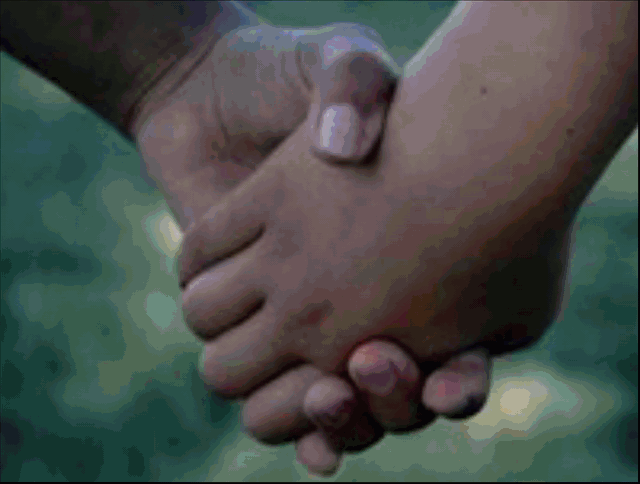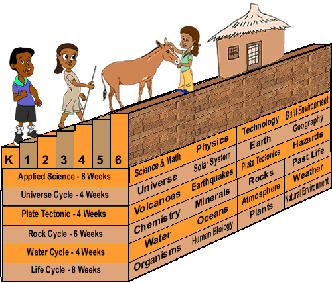 |
Teaching Science and Technology |
 |
Teaching Science and Technology |
|
Introduction Why Eritrea? The Project Project History Curriculum Examples Press
THE CHALLENGE The effective delivery of a proven science and technology curriculum to the world’s children is one of the best ways to alleviate poverty and foster development of individuals and their society. Developing countries, however, usually lack a standardized curriculum and an established educational infrastructure that can bring education to the poorest areas. They usually cannot afford to revise textbooks from other countries. Cost of textbooks is very expensive to a developing nation. Over the past twenty years the Math/Science Nucleus, a California based
non-profit research and education institute, has developed a
flexible science curriculum that uses hands-on material, traditional
worksheets, and electronic storybooks. The Integrating Science, Math,
and Science (I. Science MaTe) reference curriculum has been successfully
used in school districts in the United States to increase overall test
scores. Teachers are guided using multimedia slideshows on the
internet on how to teach the lesson plans successful as well as helping
them customize the material to their situation. The
innovative essence of the I.Science MaTe curriculum provides students
the means for basic critical thinking that can be applied to problem
solving in real life situations.
If children learn early how to solve problems with knowledge,
technology, and science, they will be equipped to help that nation as
they become businessman, teachers, artists, and well-informed consumers. California based
non-profit research and education institute, has developed a
flexible science curriculum that uses hands-on material, traditional
worksheets, and electronic storybooks. The Integrating Science, Math,
and Science (I. Science MaTe) reference curriculum has been successfully
used in school districts in the United States to increase overall test
scores. Teachers are guided using multimedia slideshows on the
internet on how to teach the lesson plans successful as well as helping
them customize the material to their situation. The
innovative essence of the I.Science MaTe curriculum provides students
the means for basic critical thinking that can be applied to problem
solving in real life situations.
If children learn early how to solve problems with knowledge,
technology, and science, they will be equipped to help that nation as
they become businessman, teachers, artists, and well-informed consumers.
Developing nations need to be part of a global economy. Developing countries around the world are looking for assistance to become self sufficient as they embrace the 21st century. It is our belief that logic, which is inherent in teaching science, can assist a nation to create an educated population. Over the last 20 years over 300 scientists, mathematicians, engineers, and educators have been involved with the development and implementation of our science curriculum (Integrating Science, Math, and Technology) in the United States. With today’s technology we feel we can assist countries who require a low cost, hands-on science curriculum. To test our hypothesis we intend to conduct a pilot program in Eritrea, Africa. Children and young adults need to be exposed to the technology that is occurring in the rest of the world. Why not combine the two? The Math/Science Nucleus has been experimenting with Electronic Textbooks for over 10 years. We have concluded that pen computing is a technology that can assist both teachers in their instruction of content and for children to refine their fine motor skills (writing). In the last 3 years, the advent of browser software has given us an opportunity to transfer our materials to an easy-to-use format. Over the last year we have been transferring over 6000 pages of science curriculum (elementary-secondary) for all the world to access. This material can give teachers the background information and methodology to teach children and young adults. The browser based curriculum allows easy integration of video, sound, and graphics. One computer can then provide a teacher with 8 years of materials to teach students. Electricity is a problem in developing countries and we would like to investigate the use of solar energy to maintain one computer and the use of wireless link-up to update and download materials easily. It is our view, that to help nation’s to achieve durable regional stability and cooperation, new technologies are key, not used and outdated equipment. We are learning how to develop our storybooks to accommodate different languages and cultures. For example to create Simona's Nature Adventures in Eritrea in English took about 2 to 3 weeks. However, to convert to another language like Trigrinya only took about 1day. I n some cases we created a new multimedia presentation to go along with traditional teaching at a certain grade level. This song on the senses is taught to all first graders in Eritrea. |